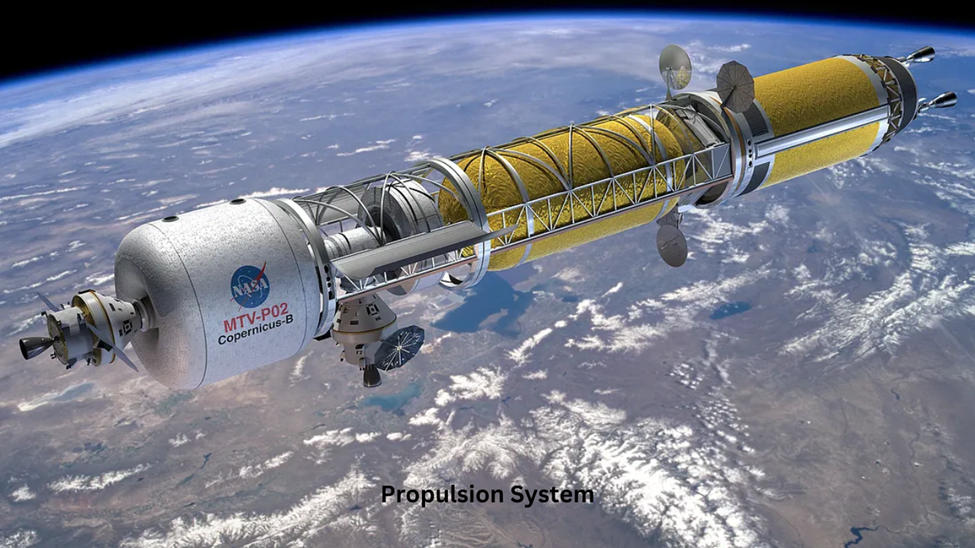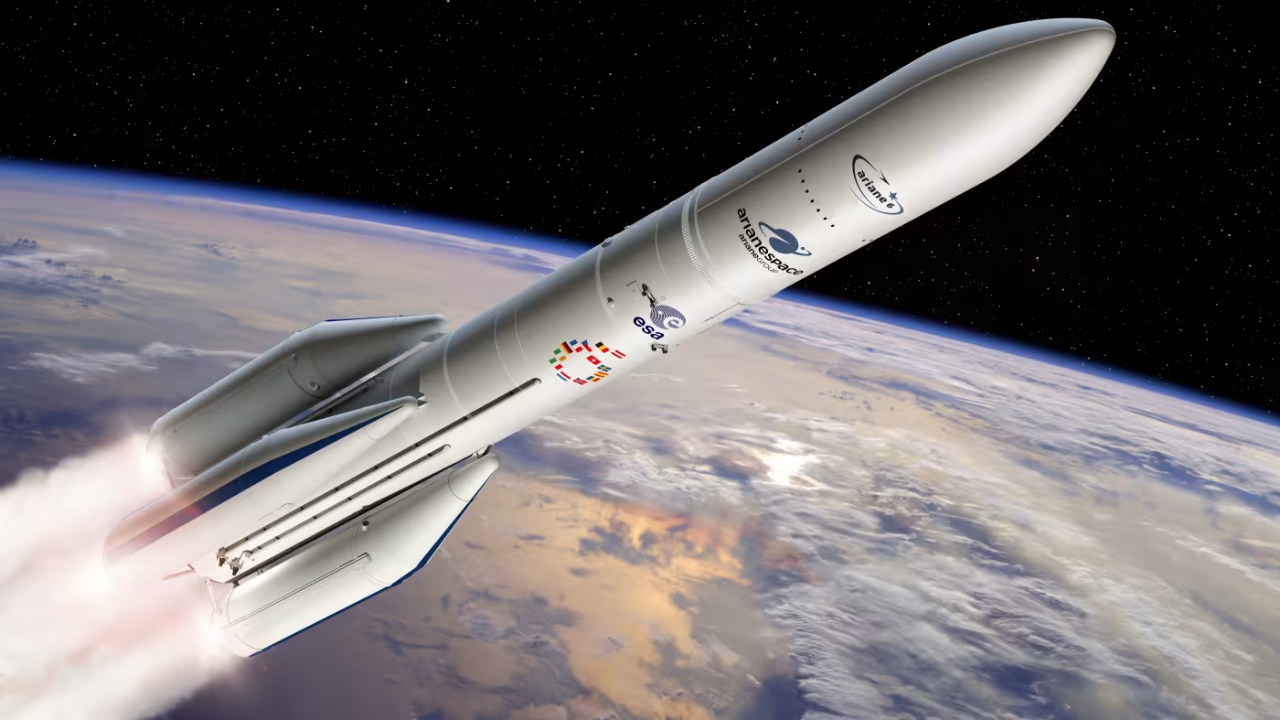Introduction: The Imperative of Advanced Materials for Spacecraft Construction
The unforgiving environment of space—characterized by extreme temperatures, intense radiation, and significant mechanical stress—demands materials of extraordinary resilience and performance. Historically, spacecraft have relied on conventional materials such as aluminum and steel. However, as space missions grow more ambitious, extending to deep-space exploration and the prospect of in-orbit manufacturing, the need for advanced materials has become paramount. This shift is not merely about enhancing existing designs but enabling entirely new paradigms for spacecraft construction, potentially moving manufacturing processes from Earth to space itself. This report explores the properties and applications of these cutting-edge materials, the feasibility and benefits of building spacecraft in space, and the key players driving innovation in this transformative field.

What are Advanced Materials for Spacecraft?
Advanced materials are engineered substances designed with superior properties to withstand the unique challenges of the space environment. Their selection is crucial for determining a spacecraft's performance, safety, and longevity.
Properties and Types of Advanced Materials
These materials are chosen for their exceptional mechanical, thermal, and electrical properties:
- Mechanical Properties: High strength (ability to withstand stress), stiffness (resistance to deformation), and toughness (ability to absorb energy without failing) are critical. For instance, Carbon Fiber Reinforced Polymers (CFRP) boast a strength of 1500 MPa and stiffness of 150 GPa, significantly outperforming Aluminum 6061-T6 (310 MPa strength, 69 GPa stiffness).
- Thermal Properties: Spacecraft materials must manage extreme temperature fluctuations. Properties like thermal conductivity, specific heat capacity, and thermal expansion are vital. CFRP, for example, has a very low coefficient of thermal expansion, making it stable across wide temperature ranges.
- Electrical Properties: Materials like copper and aluminum are selected for their electrical conductivity, while composites like CFRP can vary widely in conductivity depending on their composition.
Key types of advanced materials used in spacecraft construction include:
- Metals: Aluminum, titanium (known for high strength-to-weight ratio and corrosion resistance), and steel are foundational.
- Composites: These combine two or more materials for enhanced properties. Carbon Fiber Reinforced Polymers (CFRP), Ceramic Matrix Composites (CMC), Glass Fiber Reinforced Polymer (GFRP), and Kevlar Reinforced Polymer (KRP) offer high strength-to-weight ratios, stiffness, and fatigue resistance.
- Polymers and Ceramics: Used in thermal protection systems, electrical insulation, and propulsion components.
- Nanomaterials and Smart Materials: Emerging trends include these lightweight, high-strength, and multifunctional materials.
- Exotic Materials: Metal-organic frameworks (MOFs), exotic glasses and fibers (like ZBLAN for optical fibers), superalloys (e.g., nickel-based for high-temperature performance), and semiconductors are being explored for unique space applications.

Building Spacecraft with Advanced Materials in Space
Manufacturing materials and components directly in space offers significant advantages, addressing critical challenges of Earth-based launches and operations.
Benefits and Challenges of In-Space Manufacturing (ISM)
- Benefits: ISM can dramatically reduce launch mass and fuel costs by eliminating the need to transport materials from Earth. It also minimizes waste and the need for excess spare components, enhancing logistics for spare parts and enabling high-data-rate communication and solar power generation.
- Challenges: The space environment presents unique hurdles, including microgravity, vacuum conditions, and radiation exposure. Issues related to supply chains, quality assurance, and energy management also need to be addressed. Microgravity, for instance, can complicate liquid-based additive manufacturing processes due to material levitation.
How Advanced Materials are used in Space Construction
Research and development are actively exploring methods for in-space construction:
- Additive Manufacturing (3D Printing): This process builds objects layer by layer from a 3D digital model. In microgravity, it can produce lightweight components with good mechanical strength, though post-processing may be required. NASA is researching 3D printing of “soft matter” for building new equipment in space.
- Liquid Metals and Casting: Researchers are investigating brazing (bonding materials at high temperatures) and casting/molding from liquid metals in microgravity. Brazing could be used for constructing and repairing vehicles and habitats, while casting aims to produce stronger metal alloys by controlling crystal growth in the absence of gravity.
- Processing Space Resources: Scientists are experimenting with supercooled metal oxides (space soil and rock) to understand how molten materials can be processed in microgravity, crucial for developing habitats using available space resources.
How Advanced Materials are used in Spacecraft Today
Advanced materials are already integral to modern spacecraft and aerospace engineering, contributing to weight reduction, durability, and overall system performance.

- Structural Components: Metals and composites form the frames, beams, and panels of spacecraft. CFRP, for example, is used extensively in aircraft like the Boeing 787 Dreamliner and Airbus A350, making them significantly lighter and more fuel-efficient. SpaceX also relies on composites for spacecraft bodies and launch vehicle payload fairings.
- Thermal Protection Systems: Ceramics and polymers protect spacecraft from extreme temperatures during atmospheric entry or re-entry. SpaceX's Starship, for instance, uses silica-based heat shield tiles with innovative gap fillers and thermal felts for reusability and heat resistance.
- Propulsion Systems: Metals and ceramics are used in components like rocket nozzles and combustion chambers.
- Specialized Applications: Advanced materials are crucial for high-powered lasers, stronger metals, and components in cell phone displays. Self-healing materials, metamaterials (engineered materials with properties not found in nature), and metal-organic frameworks are yielding new optical, electronic, and acoustic devices, from fiber optics to solar panels and antennas.
Key Players and Initiatives in Advanced Space Materials
Global efforts in advanced materials research and manufacturing for space are driven by government agencies, private companies, and academic institutions.
1. SpaceX and its Material Innovations
SpaceX's Starship utilizes a distinctive stainless steel structure. Its thermal protection system features silica-based tiles attached with pins and small gaps for heat expansion, designed for multiple uses with minimal maintenance. Recent upgrades include new tile designs, innovative gap fillers, and thermal felts for enhanced heat resistance during re-entry, aiming for cheaper, faster maintenance and rapid reusability.

2. US Space Materials Research
The U.S. National Science Foundation (NSF) has significantly invested in advanced materials research since the 1950s, leading to breakthroughs like hydrogels, smartphone components, metal-organic frameworks, self-healing materials, and metamaterials. The ISS National Lab supports non-exploration research, including in-space production applications for advanced materials and manufacturing, fluid dynamics, crystal growth, superalloy casting, and semiconductors, leveraging microgravity to produce unique alloys and minimize defects.
3. UK Space Materials Research
The UK Space Agency supports research and development to boost prosperity and explore the Universe. Recent projects include a British-built satellite to map Earth's forests in 3D from space and a lunar microwave technology to purify water from Moon soil for astronauts. The agency also funds STEM education to inspire the next generation in space-related careers.
Companies Manufacturing Advanced Materials for Space
Numerous companies specialize in producing advanced materials for aerospace and space applications:
- Hexcel: A leading supplier of carbon fiber, honeycomb, and other composite materials for commercial aerospace, defense, and space programs.
- Bally Ribbon Mills: Custom manufacturer of fabrics, webbing, and tapes from materials like Nomex, Spectra, Kevlar, carbon, and graphite for aerospace and defense.
- All Metal Sales, Inc.: Distributor of metal matrix composites.
- Emco Industrial Plastics, Inc.: Distributor of fiberglass reinforced plastics.
- Shawmut Corporation and Tex Tech Industries: Manufacturers of laminated composites and 3D fabrics, respectively.
- Specialized ISM Companies: Companies like Apsidal, Flawless Photonics, and FOMS are demonstrating in-space glass processing for ZBLAN optical fibers. Redwire is involved in additive manufacturing of ceramics in space.
Acquiring Advanced Materials for Spacecraft Construction
For those looking to buy advanced materials for space, a robust supply chain exists, encompassing both Earth-based manufacturers and emerging in-space production capabilities. Suppliers like Hexcel, Bally Ribbon Mills, All Metal Sales, Emco Industrial Plastics, Shawmut Corporation, and Tex Tech Industries provide a wide range of advanced materials for aerospace applications. Additionally, companies like ACME Advanced Materials, Apsidal, DSTAR Communications, Faraday Technologies, Flawless Photonics, FOMS, GOEPPERT, Interstellar Space Technologies, Mercury Systems, MoonFibre, Nanoarmor, Redwire, and Varda Space Industries are actively developing or demonstrating in-space manufacturing processes for unique and exotic materials such as ZBLAN, superalloys, optical crystals, and semiconductors.

Conclusion: The Future of Spacecraft Built with Advanced Materials
The ability to build spacecraft using advanced materials in space represents a monumental leap for humanity's extraterrestrial endeavors. By leveraging the unique conditions of microgravity and the vacuum, and by utilizing resources found beyond Earth, future spacecraft can be lighter, stronger, more durable, and more adaptable than ever before. The ongoing research, coupled with the innovations from companies like SpaceX and the strategic investments by nations like the US and UK, is rapidly transforming this ambitious vision into a tangible reality. As these advanced materials become more accessible and their in-space processing capabilities mature, the potential for deep-space exploration, orbital infrastructure, and even off-world colonization will expand exponentially, ushering in a new era of space exploration and utilization.








